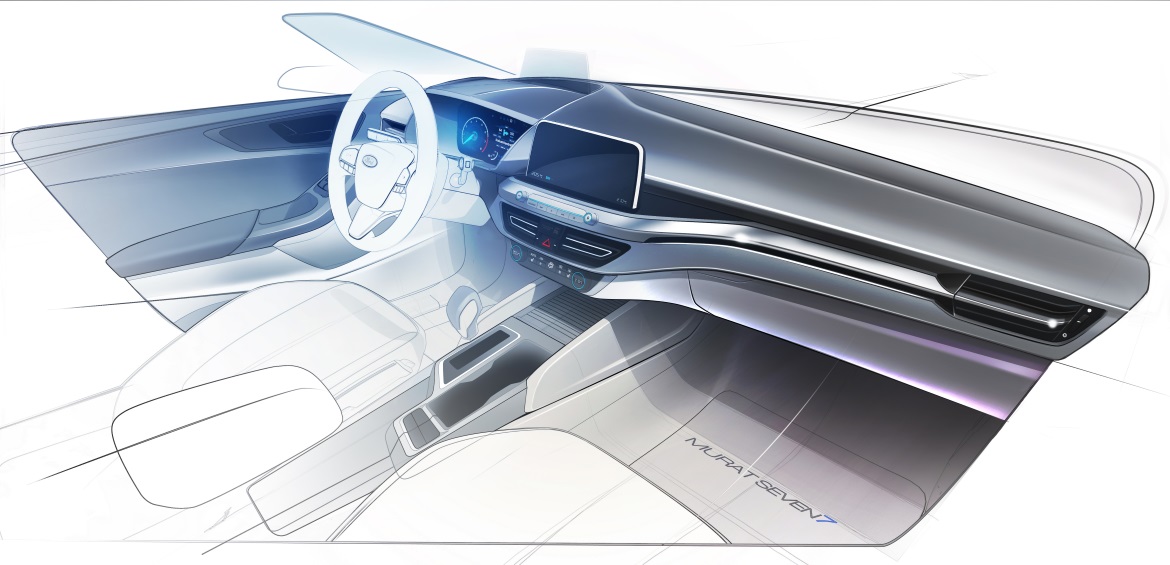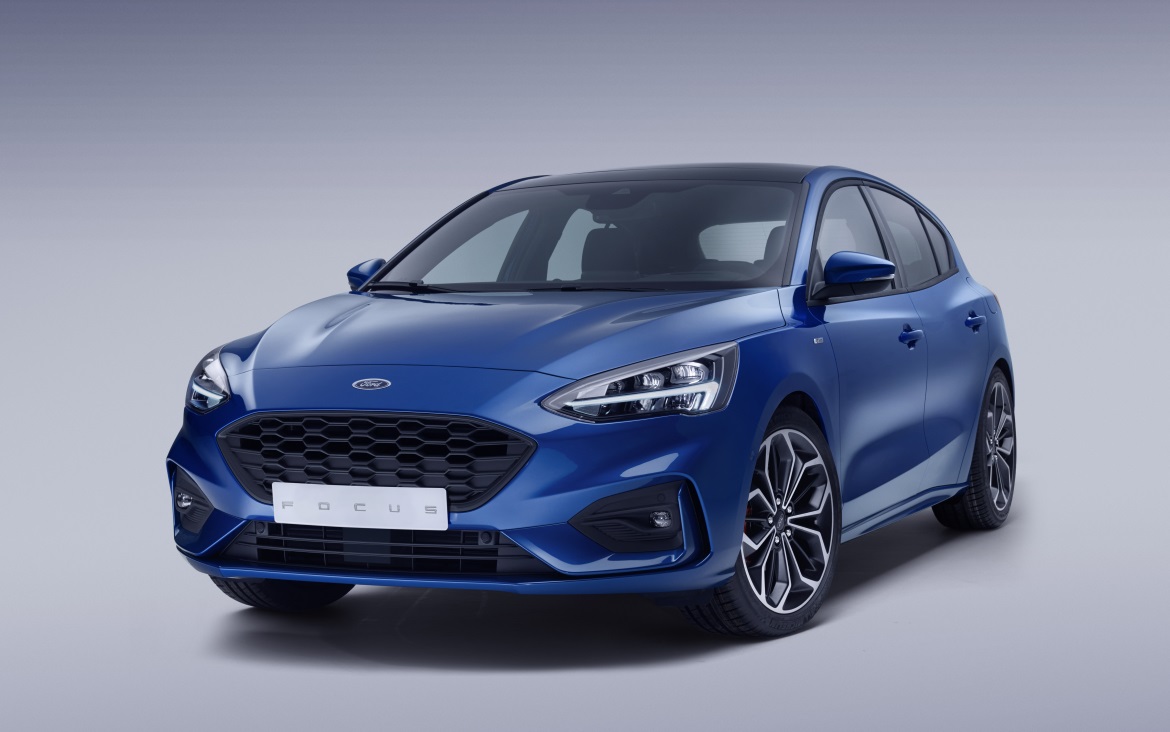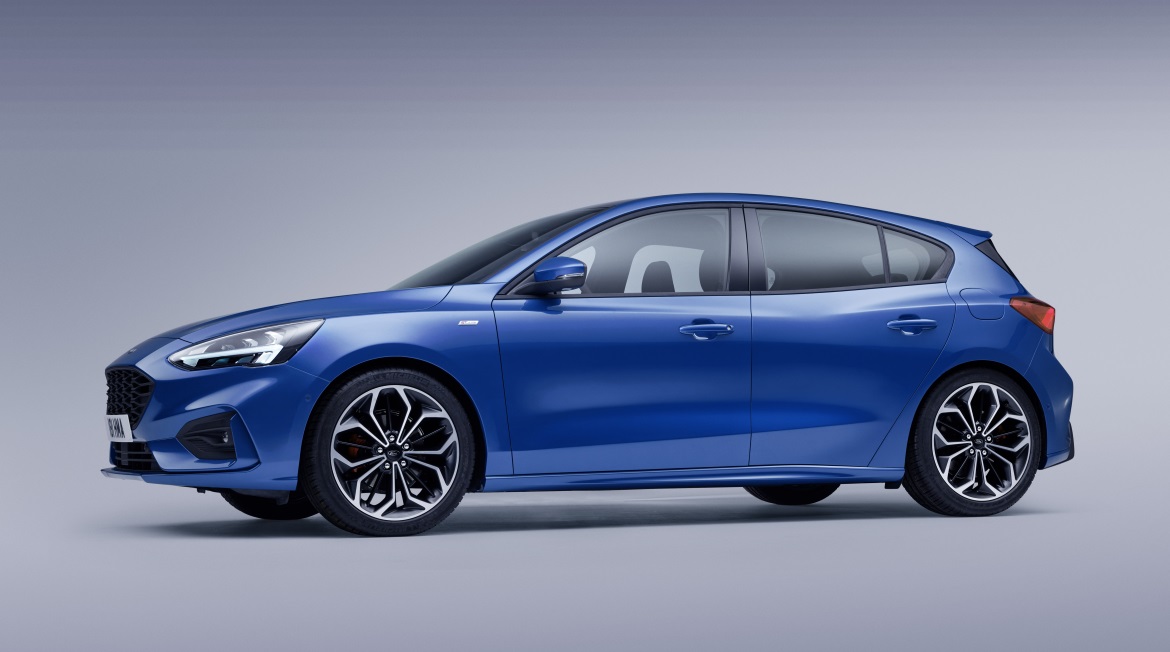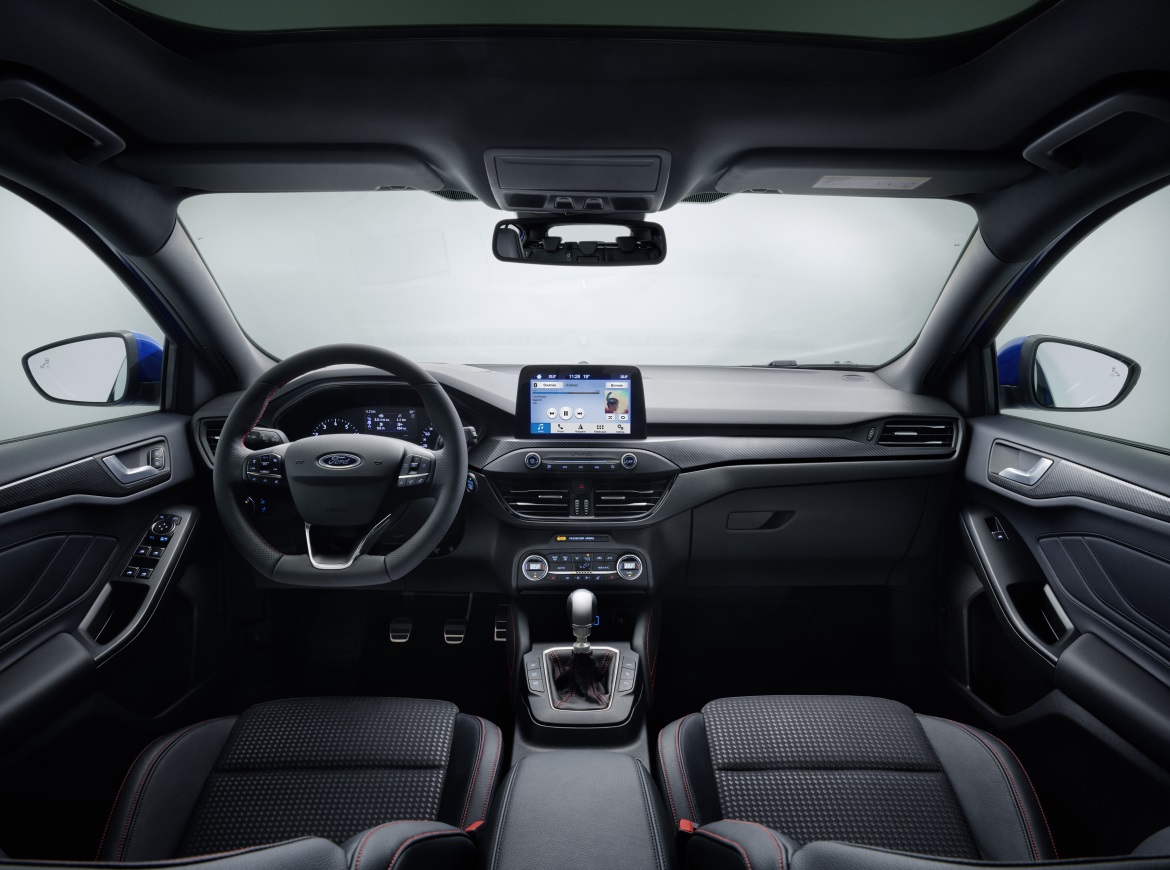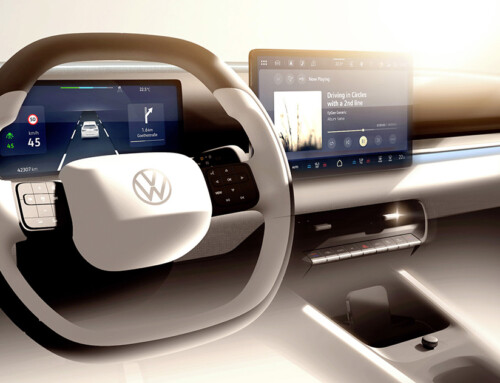Ford today delivered the global public debut of the new Ford Focus. Following closer collaboration with customers than ever before, the new Focus introduces a new human-centric design philosophy that fuses emotional exterior styling with class-leading aerodynamics; and delivers an interior offering more space combined with high quality materials and craftsmanship.
The all-new Ford Focus marks an evolution in Ford design language. Created to deliver rich user experiences with every interaction, the “human-centric” design philosophy unites expressive form language with functional, customer-driven attributes. “We wanted our all-new Focus to be a product customers fall in love with, and stay in love with,” said Amko Leenarts, director, Design, Ford of Europe. “Inside and out, our new design philosophy is about creating memorable moments of interaction that build and maintain the relationship between human being and machine.”
The distinctive new silhouette is achieved principally through positioning the A-pillars further rearward; a balanced proportion that allows them to aim towards the centre of the front wheel while the muscular sheet metal of the C-pillars sits squarely over the rear wheels. The resulting longer hood and flowing front fender, coupled to a marked reduction in the wedge of the beltline, is both powerful and elegant, enhancing the car’s premium and sporting character.
The face of the new Focus is simple and harmonious, exuding a clear and assertive presence. A discernibly larger, yet recognisably proud Ford grille sits confidently between the horizontally-biased headlamps, which, like the taillamps, are placed as far outboard as possible to enhance width and stance. The taillamps are now two-piece, allowing for a more versatile deck-lid opening, while LED lighting technologies provide distinctly recognisable signatures in daylight and darkness. The Focus script is positioned proudly in individual satin-finished letters between the taillamps, reaffirming the premium execution at the rear.
The human-centric design philosophy extends to the interior, which delivers a more inviting and accommodating environment with greater perceived quality – achieved using simple, clean lines, expressive and confidence-inspiring materials, and seamlessly integrated surfaces. “Those ‘busy’ areas where different structures and materials meet within a space are gone,” Leenarts said. “Instead, materials are specifically chosen to better blend and complement each other, emphasising the improved craftsmanship and quality.”



